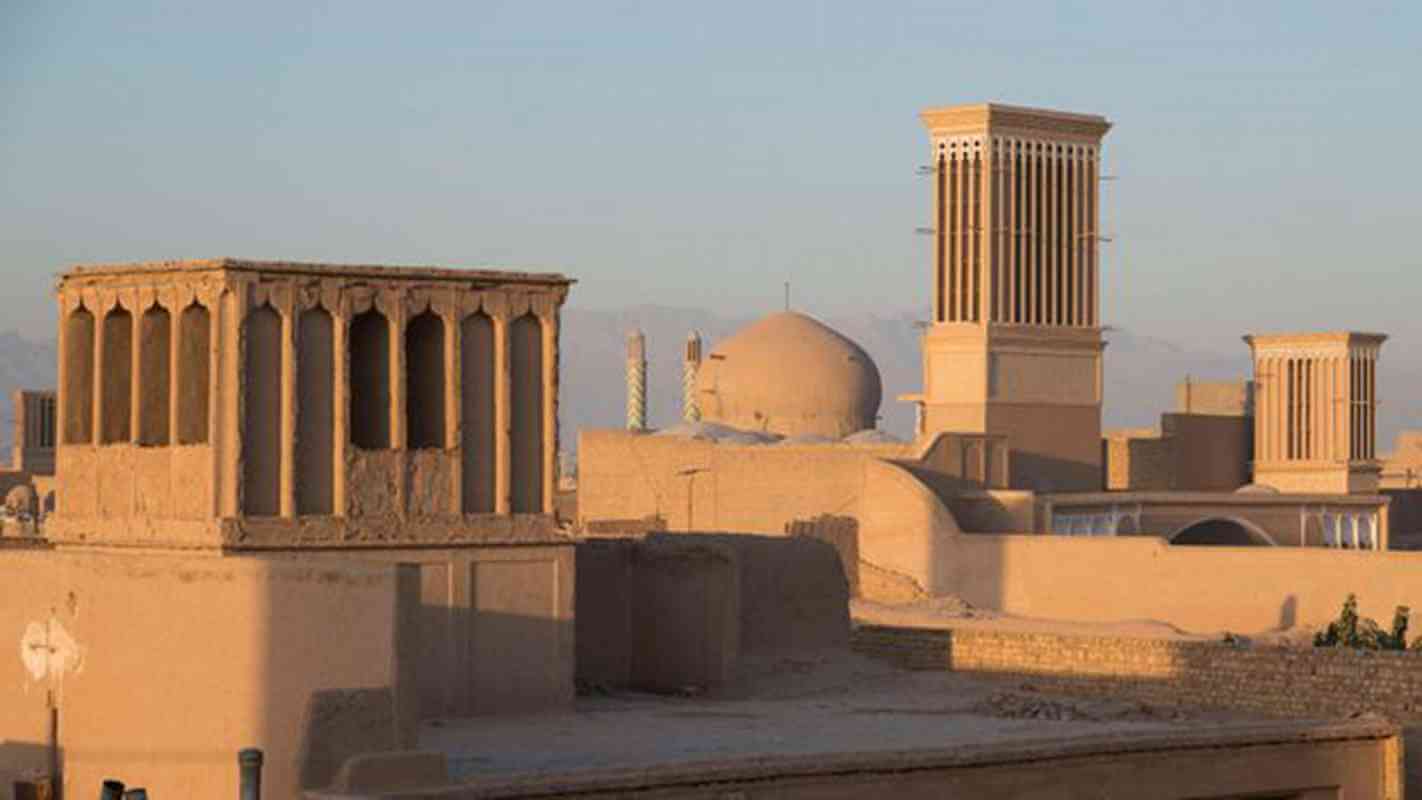With each passing year, temperatures across the globe continue to rise consistently. This means that most people will need to step up their air conditioning to deal with the rising temperatures.
Approximately 87% of all homes across the United States use air conditioners. Air conditioning also accounts for roughly 12% of the total energy consumed in residential areas. They require fossil fuels or electricity to power them.
The majority of air conditioners cool the air using refrigerants. When released into the atmosphere, refrigerants contribute to the greenhouse effect. Air conditioners also expel the heat that they capture from a building's interior to the outside of the building. It directly contributes to the creation of urban heat islands by warming the environment.
Innovators have put in long hours into finding out alternative methods for people to handle the rising temperatures. These range from phone applications to the installation of cooling papers inside homes. However, one ancient technology that has grabbed the attention of innovators is the "wind catcher."
Wind catchers were structures used in ancient civilizations to cool a building. They provided a means for people living in hot and arid regions such as Egypt or Persia to regulate the heat. A wind catcher is a tall and rectangular structure that extends above the rooftop of a building. They take advantage of cool wind and guide it throughout a building. The greatest gift of the wind catcher is that it does not require fuel or electricity, which makes it an appealing green solution.
The temperatures and prevailing winds of a region are the main determining factors in the design of a wind catcher. The opening of the simplest towers faces toward the gradient wind to generate natural ventilation. However, the complicated nature of local climates forced wind catchers to incorporate certain features.
Examples of these features include passive cooling systems, multiple openings, and filters. These features allowed them to account for various wind directions. The refinement of tower design over the years made it possible to attain refrigeration temperatures if necessary.
The decline in the use of traditional wind catchers was due to the debris, dust, and pests associated with them. This resulted in a majority of the population adopting western technology.
According to most researchers, a significant change in cultural perspective is necessary to return to the mainstream use of this technology. People must recognize that wind catchers promote energy conservation. This technology remains a viable option for cooling modern buildings.
